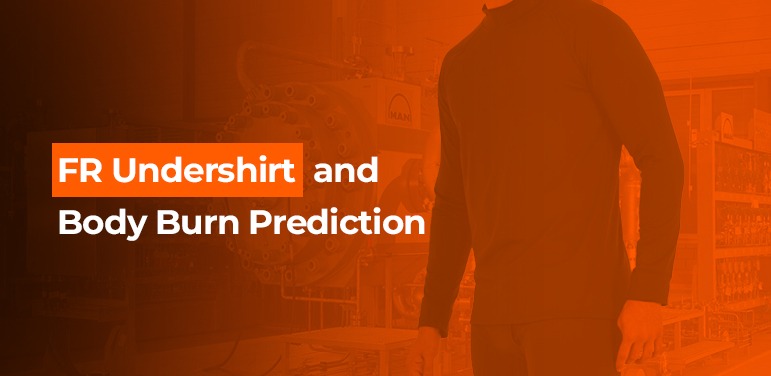The deadline for when businesses need to use the UKCA mark has been extended another 2 years. Businesses can now continue to use the CE marking on the Great Britain (GB) markets until 31 December 2024. Business Secretary, UK Government, Grant Shapps made this announcement on Monday 14 November. To provide businesses with flexibility, the …
Read More
Popularity of FR Cotton in the market
Cotton is one of the earliest known fibers to mankind. It has many beneficial properties, making it the most loved fiber for clothing. Clothing made from cotton fibers provides better moisture control. Cotton fabric is breathable and transmits moisture away from the body as it is absorbent and removes liquid from the skin. It keeps …
Read More
Ergonomics in work wear
As the name suggests, work wear is intended to be worn at a place of employment. Each workplace is unique, and work clothing should reflect this by being user-friendly. Additionally, we refer to the work wear’s ergonomics when we discuss how well it satisfies user needs. The environment in which the work wear will be …
Read More
Improving comfort with FR choice options for workers
Flame-resistant garments are used by workforces who are exposed to flame and heat hazards in their work environment. However, the crucial point is to provide physical ease and relaxation added to offering the required protection. Several studies conducted in Call Centres and Textile factories show a 2 to 15% reduction in worker productivity when the …
Read More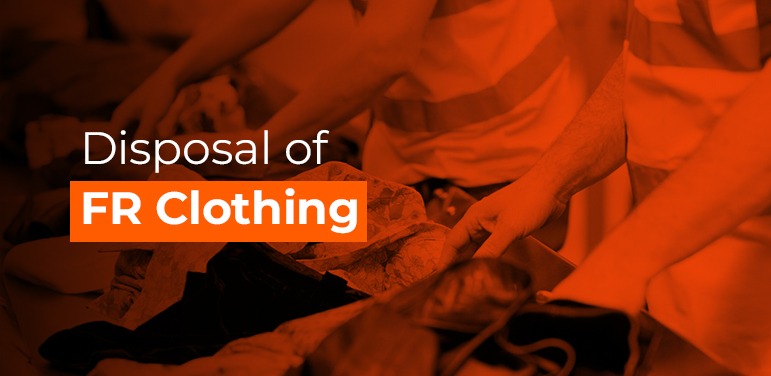
Disposal of FR Clothing
Flame retardants (FRs) are used to increase the chances of survival against fire or flame by limiting its propagation. FRs in textiles are used irrespective of product type for reducing their flammability, for instance, in baby clothing, pushchairs, car seats, upholstery, aprons, industrial and protective clothing. Protective clothing segment, majorly produced out of cellulosic fibers …
Read More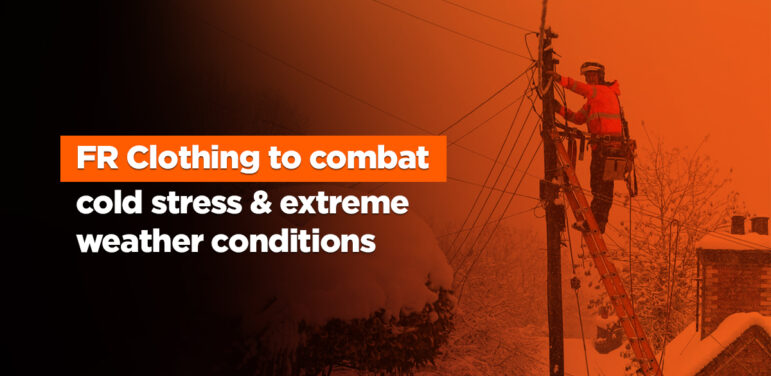
FR Clothing To Combat Cold Stress & Extreme Weather Conditions
Workers in almost every industry, who work outdoors and are exposed to extremely cold environments, require thorough protection from hazardous winter elements. Working under industrial environment in extreme cold conditions can be quite challenging as one runs the risk of cold stress. Just like heat stress which causes harmful impacts on the human body in …
Read More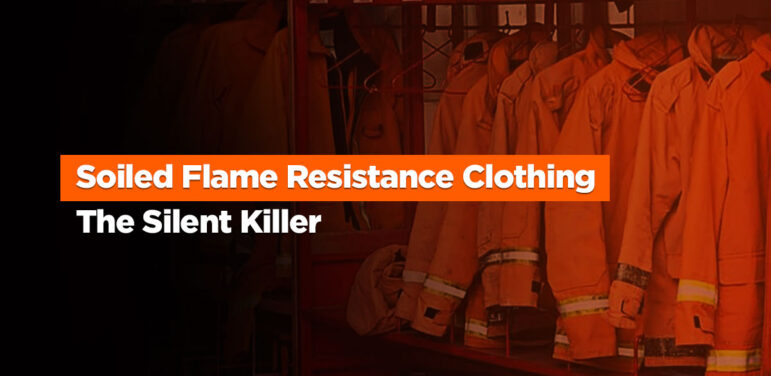
Soiled Flame Resistance Clothing: The Silent Killer
Care and maintenance of the Flame resistance clothing is very important to ensure that the clothing provides its intended protection. In our blog on “Importance of Wash care instructions for Flame Resistant Clothing” we had highlighted the importance of understanding the wash care instructions on your FRC. We encourage you to read through the same once …
Read More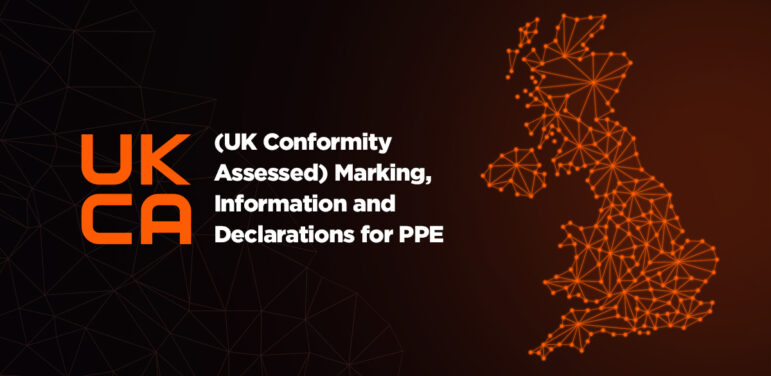
UKCA (UK Conformity Assessed) Marking, Information and Declarations for PPE
Personal Protective Equipment (PPE) placed on the market in Great Britain From 1st January 2021, the United Kingdom has introduced a new conformity assessment regime for goods placed on the market in Great Britain (England, Wales and Scotland). The UKCA (UK Conformity Assessed) marking is the new UK Product marking that covers most goods which …
Read More

